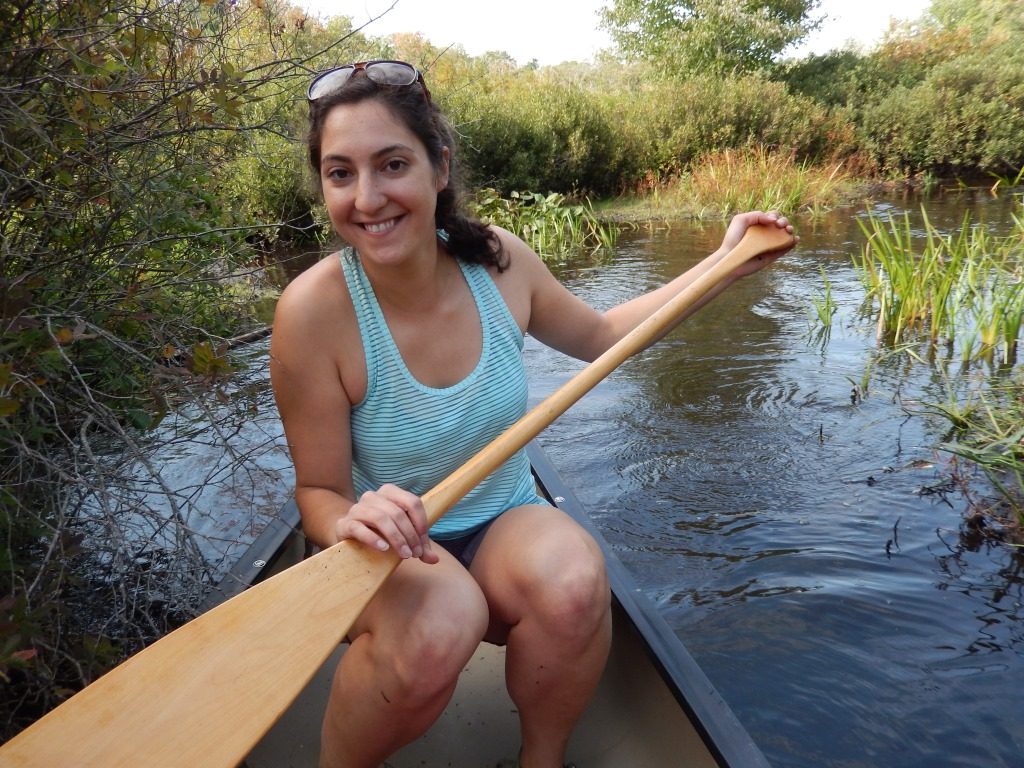Sam is sailing on board the JOIDES Resolution as a sedimentologist. She has had a long fascination in geology starting at kindergarten age when she started collecting rocks and organizing them. At high school an inspiring teacher in her ‘geology and environmental science’ class reinvigorated that passion and as a ` consequence she applied to Washington University St Louis to study Geology. Here, whilst an undergraduate student, she used sediments from riverine environments to help reconstruct climate records over short time intervals. For her PhD she wanted to look further back in time. This is where her interest in deep-sea sediments began. Areas of the bottom of the ocean can provide relatively stable environments for sediments to collect and settle enabling scientists to obtain continuous records and look further back in time.

Sam has proposed to use sediment samples collected from this expedition to reconstruct changes in the depth of warm water (thermocline) in this area over the last 4 million years. Studying the relative abundance of different microfossil species found in sediment can do this.
How? In the ocean warm water floats on the surface above colder more nutrient rich deeper water. If the warm surface water layer is thin then nutrients from the colder water below benefits surface dwelling organisms. However, if the warm water extends deeper, surface organisms receive fewer nutrients. Deeper water species that live in warm water are closer to the nutrient rich water and these become relatively more abundant. These relative population numbers are reflected in the sediment and so can give us clues as to how deep the warm water was in the past.
Why? This area of the world contains some of the warmest seawater in the world. Water has a high heat capacity, which means it takes a great deal of energy to change its temperature. This large warm body of water represents a great deal of stored energy. This drives many of the global climate patterns including the El Nino effect, and the
monsoons that bring rain to SE Asia, India and northern Australia. It is important to understand how this body of water changes in response to warmer conditions and how that in turn influences climate.
Sam is also thinking of looking at the grain size of transported material in the sediment. Small fine-grained sediment is only deposited if water is moving very slowly. The size of grains deposited in different layers of the sediment is a record of the current speed for that time.
Whilst on board Sam has enjoyed being at sea and being part of an exciting group effort. She is looking forward to the adventurous activities that she loves when she gets back to land. These include rock climbing, soccer, trail running and canoeing.


